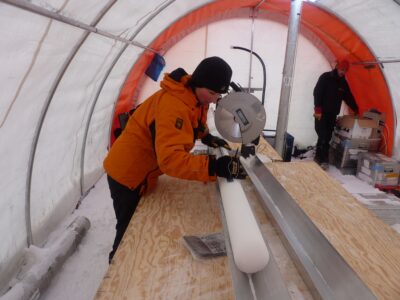I
bolded the passage, their method still assumes that added greenhouse gases increase radiative forcing,
which we can now measure, and did not happen.
And Yes Nature allowed a correlation study, because this is still a correlation study!
Why would anyone use ECS for anything, it is a simulation of a condition that cannot exists, yet that is what
is used in most predictions of future warming.
But let's check just for fun.
IPCC AR6 SPM
Panel (a) Global surface temperature changes in °C relative to 1850–1900. These changes were obtained by combining Coupled Model Intercomparison Project Phase 6 (CMIP6) model simulations with observational constraints based on past simulated warming,
as well as an updated assessment of
equilibrium climate sensitivity (see Box SPM.1).
Yep the IPCC is using ECS, but the analysis shows TCR matches observations better.
There were a few studies of what happens when CO2 increases are small (Like Human emission) and for small emission steps
the same models show very low climate sensitivity, ( But they still start with the assumption that added CO2 causes positive longwave forcing).
The time lag between a carbon dioxide emission and maximum warming increases with the size of the emission
So for small size emissions the lag between emission and maximum warming is very short. In this case
the 100 GtC is a pulse of 47 ppm added to 389 ppm.
What is more interesting is the graph of the data.
View attachment 67569632
Now the climate sensitivity recorded for the 100 GtC pulse is 0.2C, so the formula to
extract the multiplier would be 0.2C/ln( 436/389) = 1.75, 1.75 X ln(2) = 1.21C for a doubling of the CO2 level.


